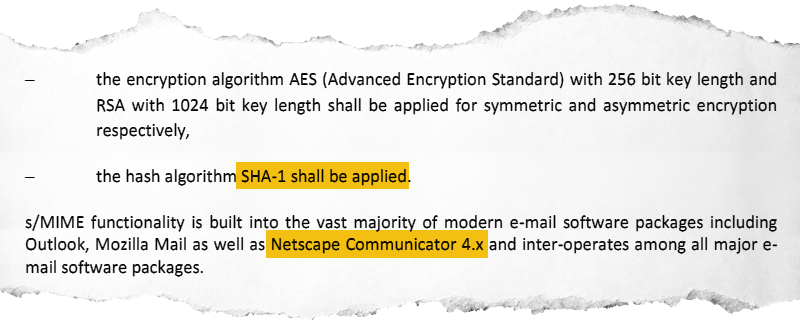Every week seems to bring another set of high-profile data leaks, and this time it’s the turn of a service that should be of concern to many in our community. A database backup from the popular 3D model sharing website Thingiverse has leaked online, containing 228,000 email addresses, full names, addresses, and passwords stored as unsalted SHA-1 or bcrypt hashes. If you have an account with Thingiverse it is probably worth your while to head over to Have I Been Pwned to search on your email address, and just to be sure you should also change your password on the site. Our informal testing suggests that not all accounts appear to be contained in the leak, which appears to relate to comments left on the site.
Aside from the seriousness of a leak in itself, the choice of encryption should raise a few eyebrows. Both SHA-1 and bcrypt can be considered broken or at best vulnerable to attack here in 2021, so much so that for any website to have avoided migration to a stronger algorithm indicates a very poor attention to website security on the part of Thingiverse. We’d like to think that it would serve as a salutary warning to other website operators in our field, to review and upgrade their encryption, but we suspect readers will agree that this won’t be the last time we report on such a leak and nervously check our own login details.
















